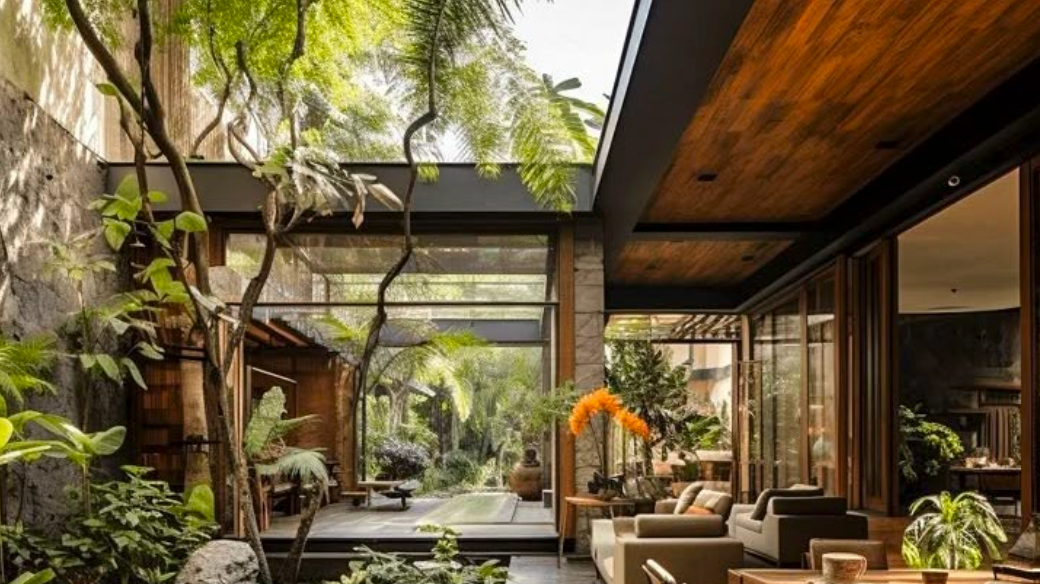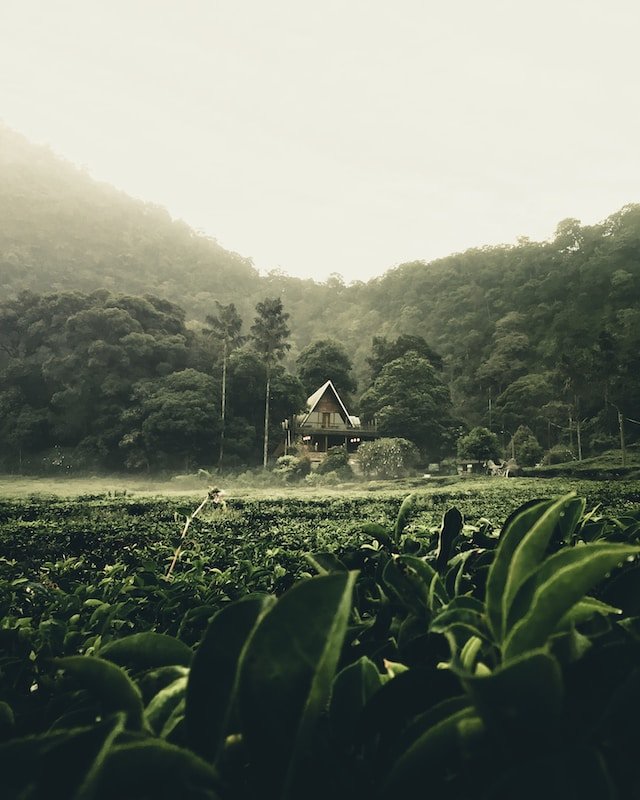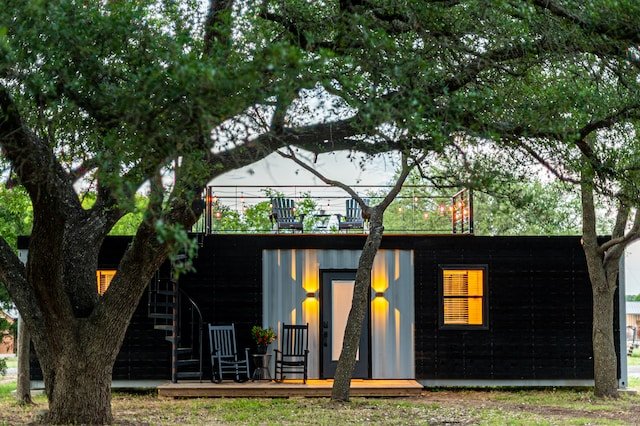Costa Rica is a country known for its incredible biodiversity, warm climate, and friendly people. As one of the most popular destinations for both tourists and expats, it has become a prime location for real estate investment. Whether you’re looking for a vacation home, a retirement destination, or an investment opportunity, buying a home in Costa Rica offers numerous advantages. Here’s why investing in a home here could be one of the best decisions you make.
1. A Growing Economy and Real Estate Market
Costa Rica’s economy has experienced steady growth, as has its real estate market. The country has become an international business center, especially in the technology and ecotourism sectors. This growth has contributed to rising property values, making it an attractive option for investors seeking long-term returns. Whether in vibrant cities like San José or quieter coastal areas, the market offers something for everyone.
2. High Quality of Life
Costa Rica consistently stands out for its quality of life. With its universal healthcare system, excellent education, and focus on environmental sustainability, it’s easy to understand why so many people are drawn to this beautiful country. The “Pura Vida” lifestyle embodies the relaxed, healthy lifestyle the country promotes, making it the perfect place to settle down and enjoy life at your own pace.
3. Ideal Location for Vacation Rentals
For those looking to generate income from their investments, Costa Rica offers a robust market for vacation rentals. Its beaches, mountains, and forests attract visitors from around the world, generating a steady flow of tourists. Investing in a vacation property can generate excellent rental income, especially in high-demand areas like Guanacaste, Puntarenas, and the Central Valley.
4. Stable Legal Framework for Foreign Investment
Costa Rica offers a stable legal framework for foreign investors. Foreign ownership is legal and easy, and the country has strong property rights, making it an attractive destination for international investors. The process is clear, and Hemeca Costa Rica can guide you through every step, ensuring a smooth experience.
5. A Quiet and Safe Destination
Costa Rica is known for being one of the safest countries in Central America. With a strong focus on environmental preservation, political stability, and the absence of a standing army, Costa Rica offers a peaceful environment to its residents. This sense of security is an essential factor for many looking to settle here.
Investing in a home in Costa Rica not only offers a high-quality lifestyle but also the possibility of solid financial returns. With its growing economy, stunning natural beauty, and commitment to sustainable living, Costa Rica is an ideal destination for those looking to invest in property. Whether for personal use or as a business opportunity, owning a home in Costa Rica could be the key to a bright future.



